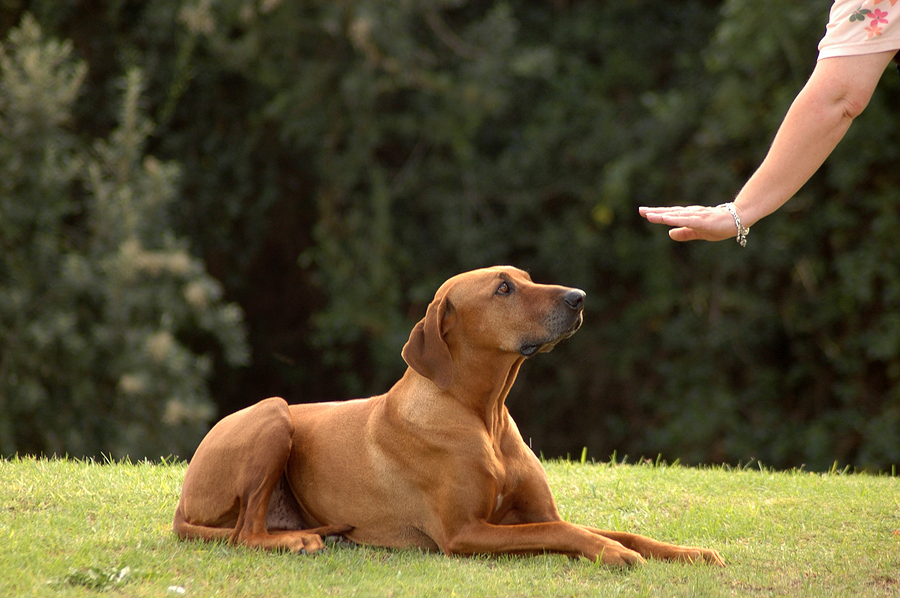Common dog training myths and tips
Contrary to popular belief, you can teach an old dog new tricks!
Even among seasoned dog owners there are commonly held beliefs that just aren’t true, and by changing tack you can make training easier and more effective for both you and your dog.
Here are a few commonly held dog training myths and the truths behind them.
Dogs won’t listen without treats
Myth. Dogs can listen and learn without treats, and even once introduced you won’t necessarily need to use a treat forever to reinforce the behaviour you want. Repetition and practice in a variety of circumstances are key when learning new behaviours – practice sit at home alone, out at the park, on a walk, with family and friends, and in a variety of different environments when you have the opportunity. Six months is a good timeframe; once the behaviour is learned, you can gradually stop rewarding with treats. Afterwards, intermittent rewards work best to help your dog stay on track.
Dogs can’t understand language
Myth. While it’s true dogs don’t understand language in the same way we do, they do have an incredible capacity for language. Studies show the average dog can learn at least 165 words, and their vocabulary is comparable to that of a toddler. With puppies, it’s best to introduce training with simple words like “sit” or “no bark”, but over time there’s no reason why you need to dumb down grammar. Use proper language and teach your dog the same way you would a young child – speak in a way that comes naturally. You might be surprised what your dog understands!
I need to use domination to get my dog to listen
Myth. Training should be about communication rather than domination. Look for ways to get your dog to want to do something rather than by forcing them into submission. Yelling, ‘alpha rolls’ and specialised collars teach dogs what they shouldn’t do rather than what they should. Over time, positive training will yield a better result; studies have shown forceful methods can ultimately even make behaviours worse. Though it may take longer, abandoning old confrontational methods in favour of positive reinforcement and positive teaching might ultimately help you establish the behaviours you want.
Dogs can learn several new skills at once
Myth. Dogs learn best when they have time to master new tricks and skills, and it’s easiest to do this by tackling just one or two at a time. You don’t need to master a skill before moving on to a new one – for example housetraining doesn’t need to be perfect before you move on to basic training, nor need it be sequential. Training works best when you give your dog time to learn and understand new things but doesn’t necessarily need to progress from simple to complex.
What are your top dog training tips? Let us know in the comments below!
Rachel - Silversurfers Assistant Editor
Latest posts by Rachel - Silversurfers Assistant Editor (see all)
- Easter activities for grandchildren - March 31, 2025
- Songs about Mum for Mothering Sunday - March 26, 2025
- The best of Diana Ross - March 25, 2025
- Elton John’s Greatest Hits Playlist - March 24, 2025
- Find love with Silversurfers Dating - March 20, 2025




















